
Archives


Where Are They Now?
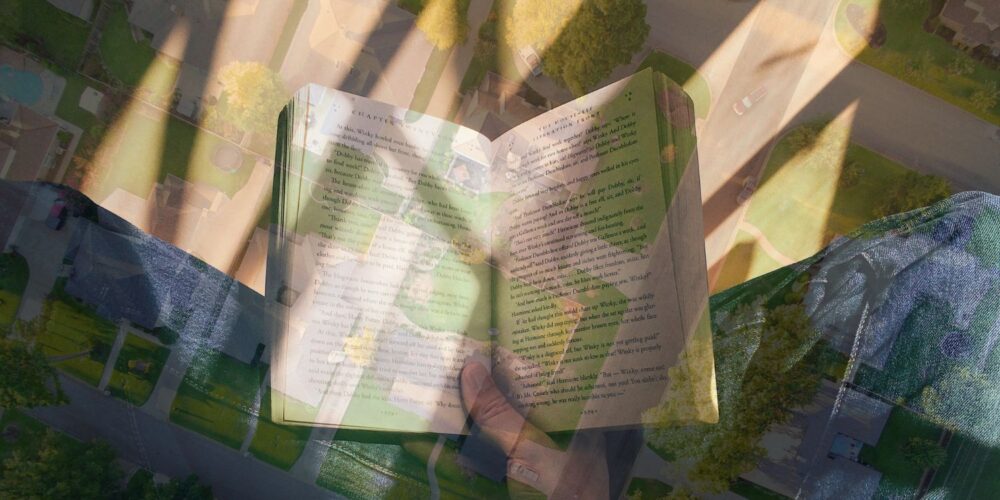
Five books on homelessness
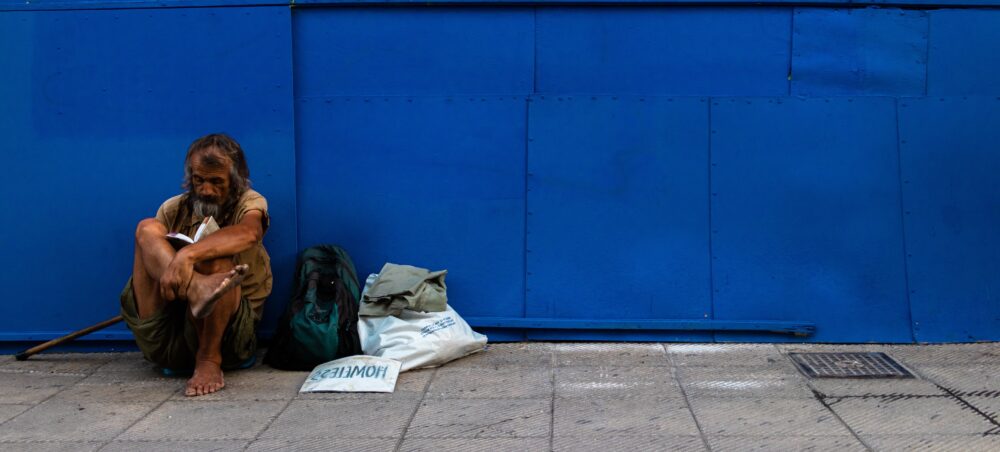
The View From Chattanooga
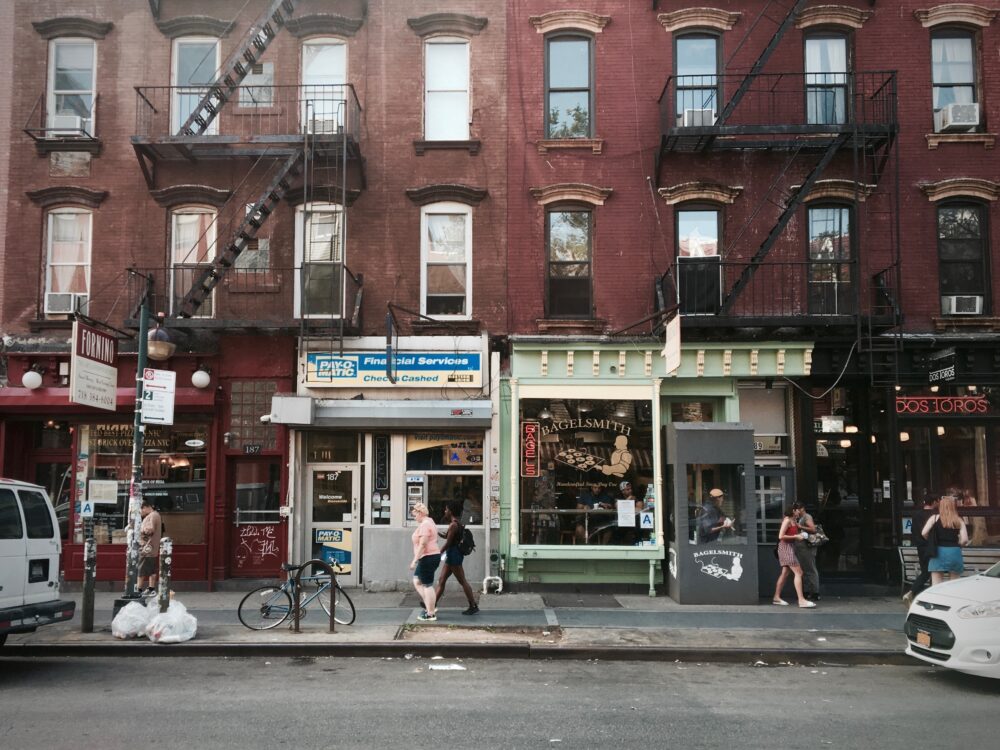
Problems of Government-Owned or Government-Subsidized Housing
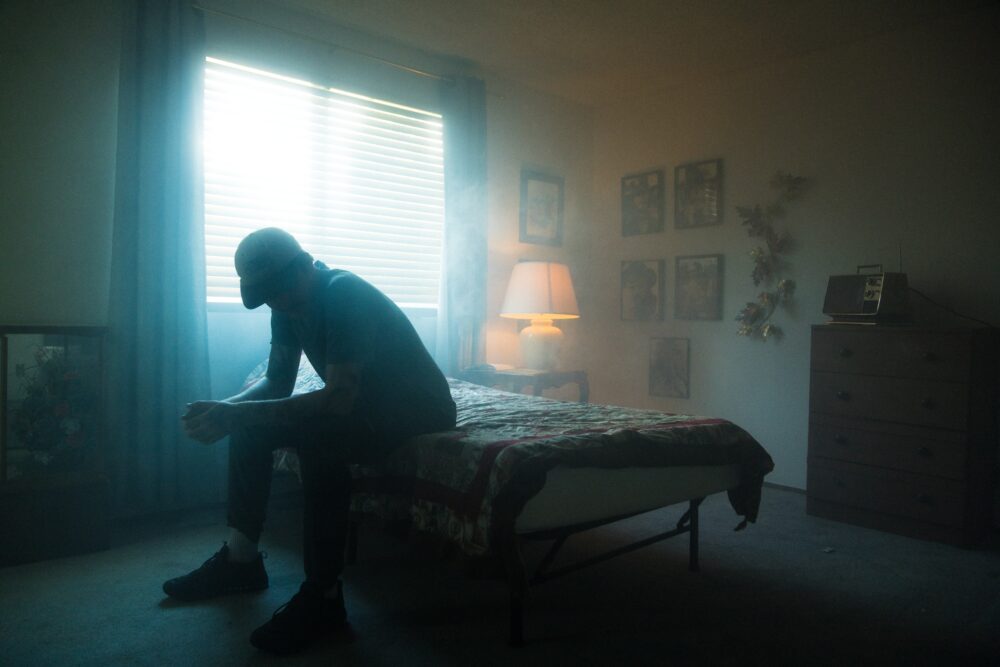
Should Homeless Consumer Preferences Rule?
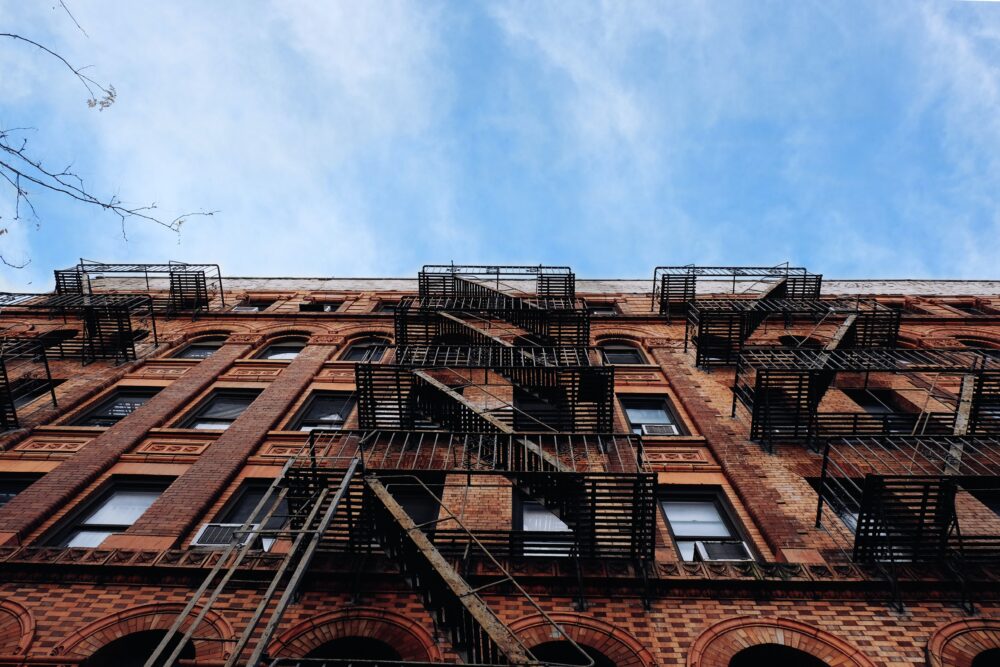
Immigrants to America, Immigrants to Sobriety

Easter Homeless Pedology

From Fenway Park to Mass and Cass
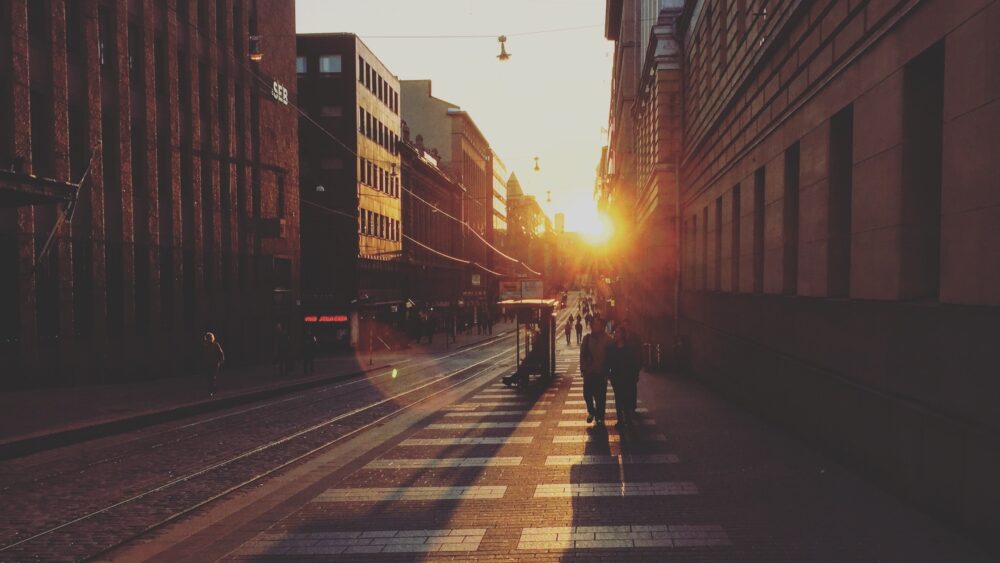
A Wintry Time in an Emergency Shelter

Reading Rough Sleepers: part two
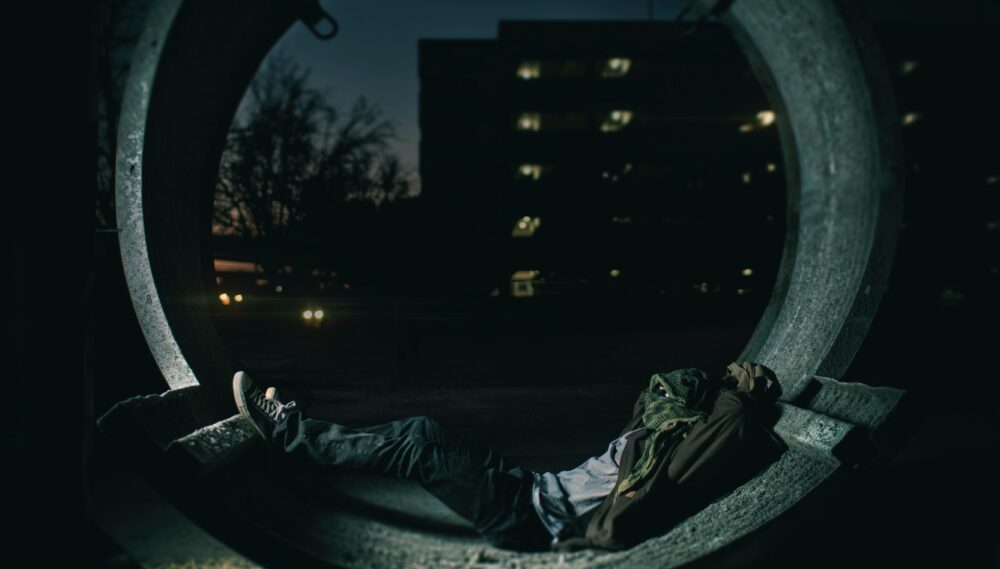
Reading Rough Sleepers: part one

Homeless Camp Reality

Surviving the frost: One homeless man plants seeds of hope
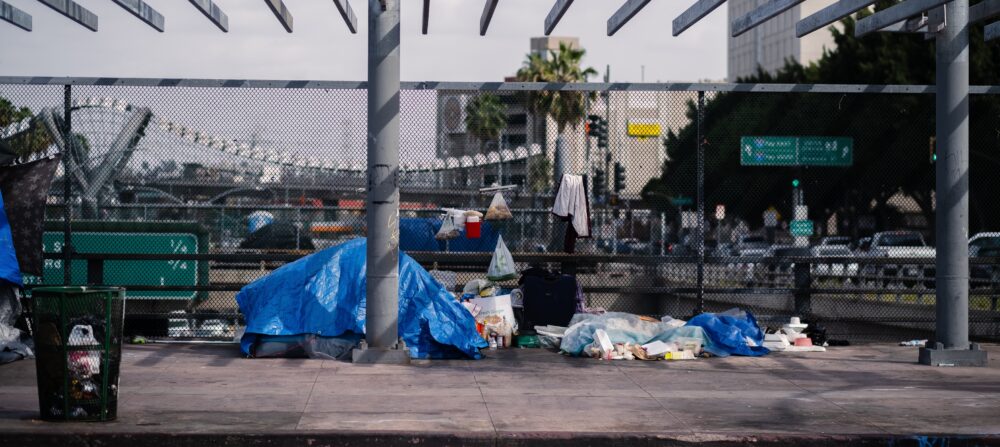
Obama Promised to End Homelessness This Year
The former president’s 'housing first' policy has been a dismal failure.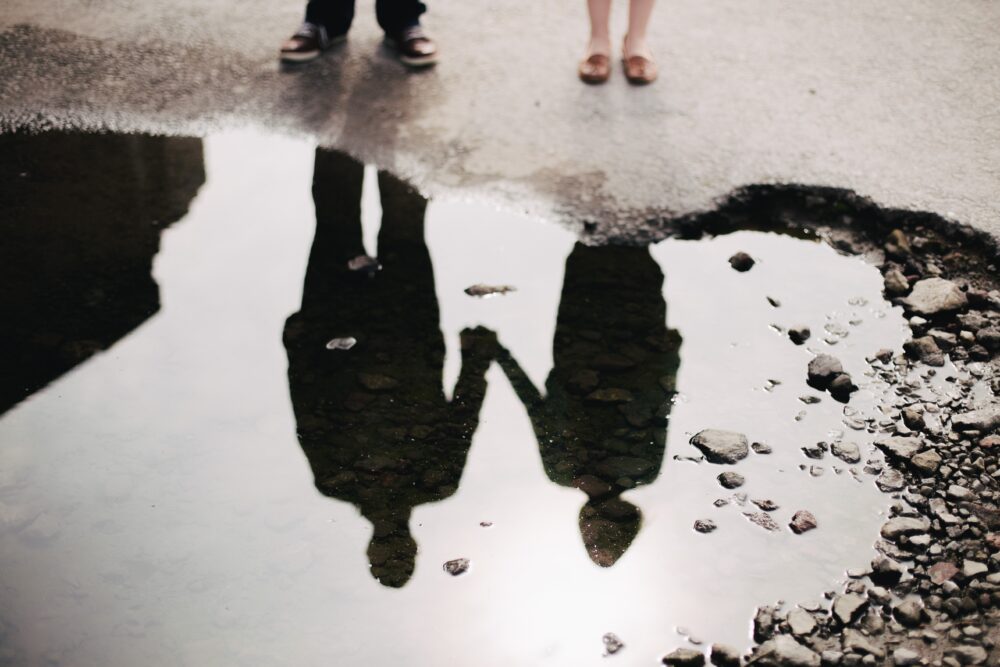
Humans Behind the 8 Ball
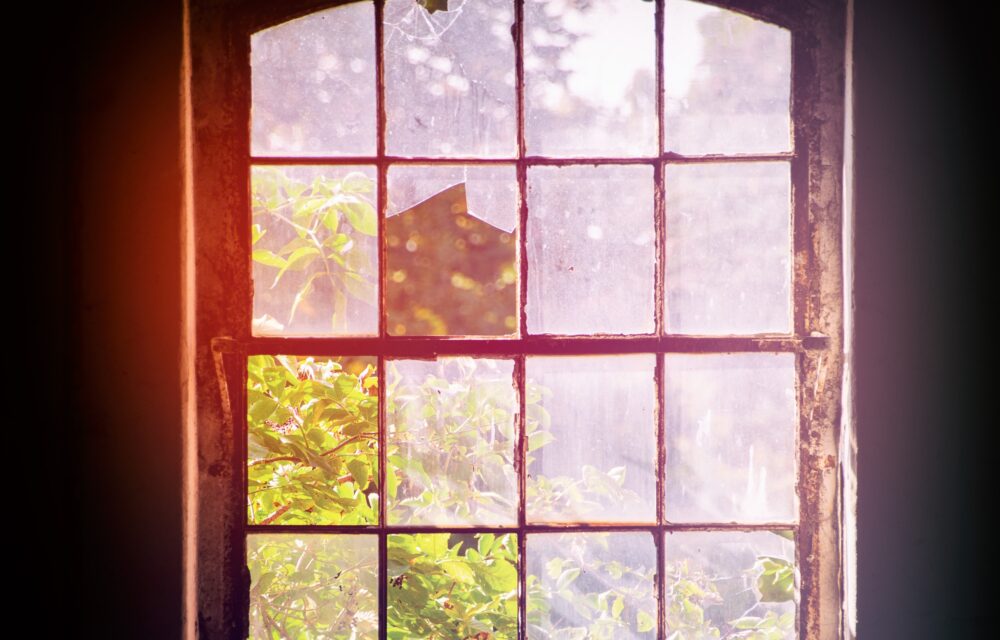
Broken and Trying
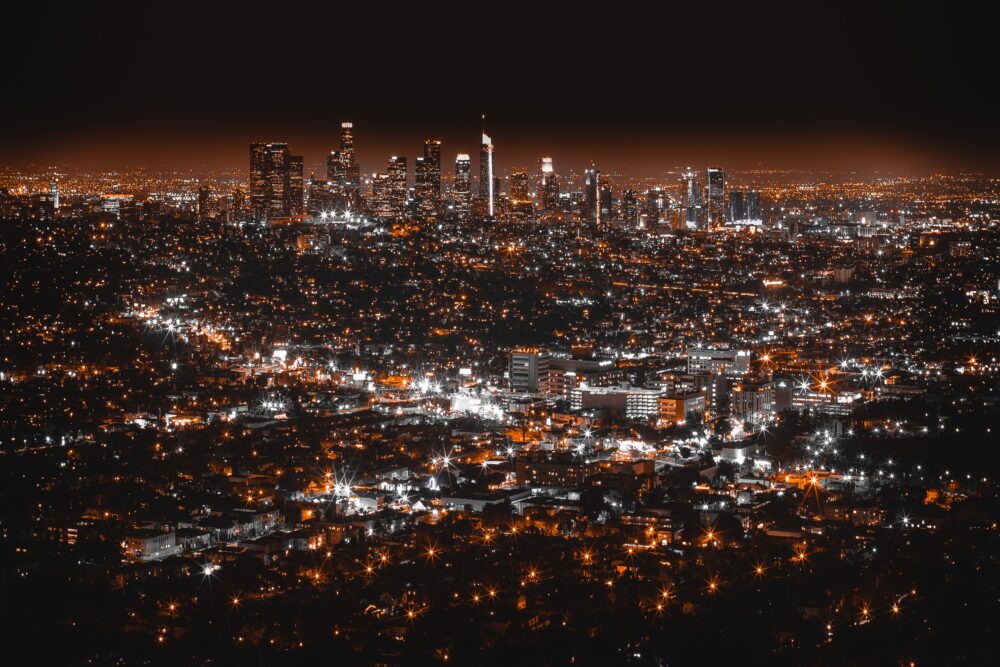
How Much Do You Know About Homelessness?

Assessing Alternatives to Homelessness
